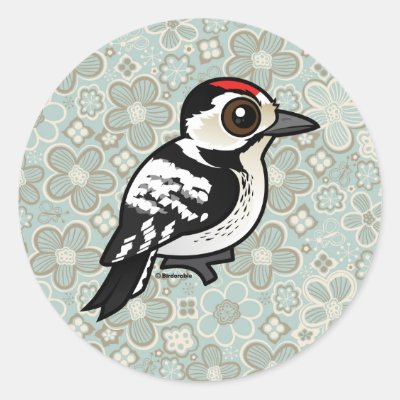2020 Bonanza Bird #23
Meet the Lesser Spotted Woodpecker: Europe's Smallest Woodpecker

Today an Old World woodpecker joins Birdorable! We welcome the Lesser Spotted Woodpecker to our flock.
Lesser Spotted Woodpeckers have a large range in temperate and boreal forests across much of Europe and Asia. At least 10 subspecies are recognized, with a variety of plumage and size differences across the range. All birds have a recognizable black and white pattern with males showing a bright red cap. Some birds, like our Birdorable version, have a buff wash over the white underparts and various levels of buff coloration around the face.
This species is the smallest woodpecker in all of Europe. They nest in tree cavities and lay five to 8 eggs per brood. Lesser Spotted Woodpeckers that survive through fledging are thought to have an average lifespan of about 7 years.

Tomorrow we’ll add a New World wader with a newish name. Prior to the 1980s the species was named after a state in the southeast of the U.S. Do you know this bird?










Comments
Leave a comment
Thank you!